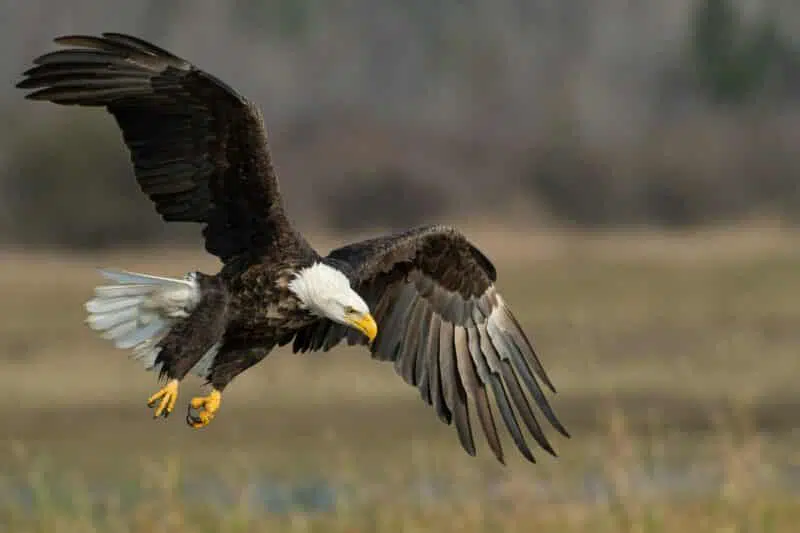In a twist of fate, 16 years after the majestic Bald Eagle was removed from the endangered species list, concerns arise once again about the bird’s conservation status. Despite their iconic status as America’s national bird, recent developments suggest that Bald Eagles are facing new threats that could jeopardize their population. One of the primary culprits behind this resurgence of concern is lead poisoning, a consequence of increased exposure to toxic materials such as lead ammunition and lead fishing tackle. This article delves into the current situation facing Bald Eagles, explores the impact of lead poisoning on their population, and discusses potential solutions to mitigate this threat.
Understanding the Bald Eagle: Background and Characteristics
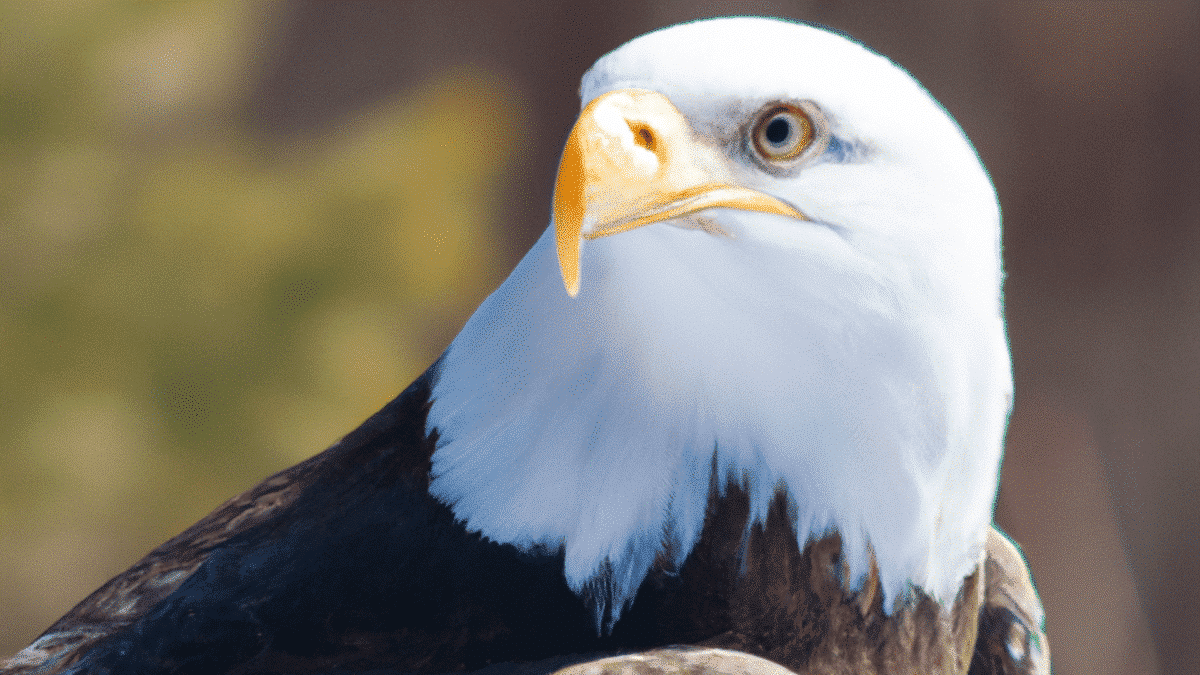
Before delving into the current challenges facing Bald Eagles, let’s first understand these remarkable birds and their significance. Here’s a brief overview:
| Aspect | Details |
|---|---|
| Size | One of the largest birds of prey in North America, with wingspans reaching up to 7 feet |
| Origin | Native to North America, with habitats ranging from coastal regions to inland waterways |
| Physical Characteristics | Distinguished by their white-feathered heads and tails, contrasting with dark brown bodies |
| Behaviour | Known for their impressive hunting prowess and aerial acrobatics; often spotted near bodies of water |
| Diet | Primarily carnivorous, with fish being a staple of their diet; also feed on small mammals and birds |
| Lifespan | Can live up to 20-30 years in the wild, with some individuals reaching even older ages |
The Threat of Lead Poisoning: A Growing Concern

Despite their resilience and remarkable recovery from past endangerment, Bald Eagles now face a new threat in the form of lead poisoning. This toxic material, commonly found in lead-based ammunition and fishing tackle, poses a significant risk to these birds of prey. As scavengers and hunters, Bald Eagles often consume prey that may have ingested lead or come into contact with lead-contaminated environments. Consequently, lead poisoning has emerged as a significant factor contributing to the decline in Bald Eagle populations.
Impact on Population Growth: A Cause for Concern
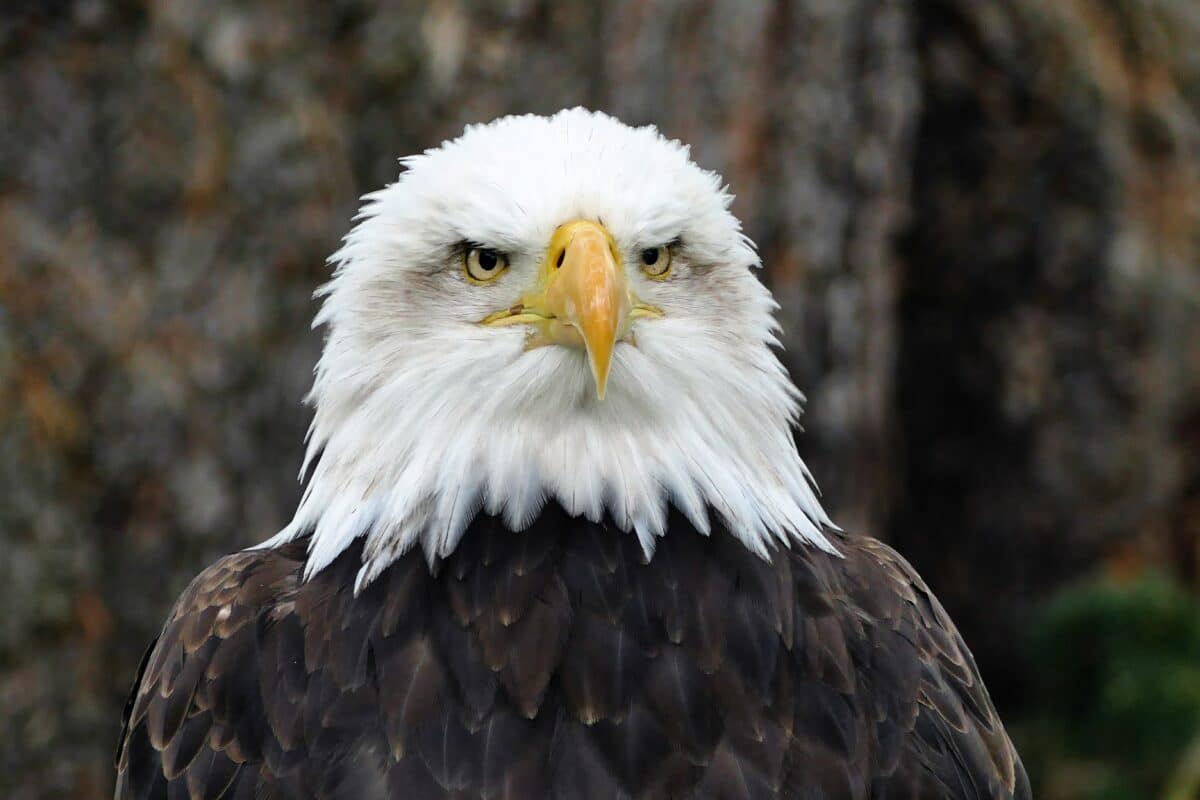
The detrimental effects of lead poisoning on Bald Eagles are evident in the slowing growth of their population. Lead ingestion can lead to a range of health issues, including neurological damage, organ failure, and impaired reproduction. As a result, affected eagles may exhibit reduced breeding success and compromised overall health, ultimately hindering population expansion. If left unchecked, lead poisoning could reverse the progress made in Bald Eagle conservation efforts over the past decades.
Seeking Solutions: Addressing the Root Cause
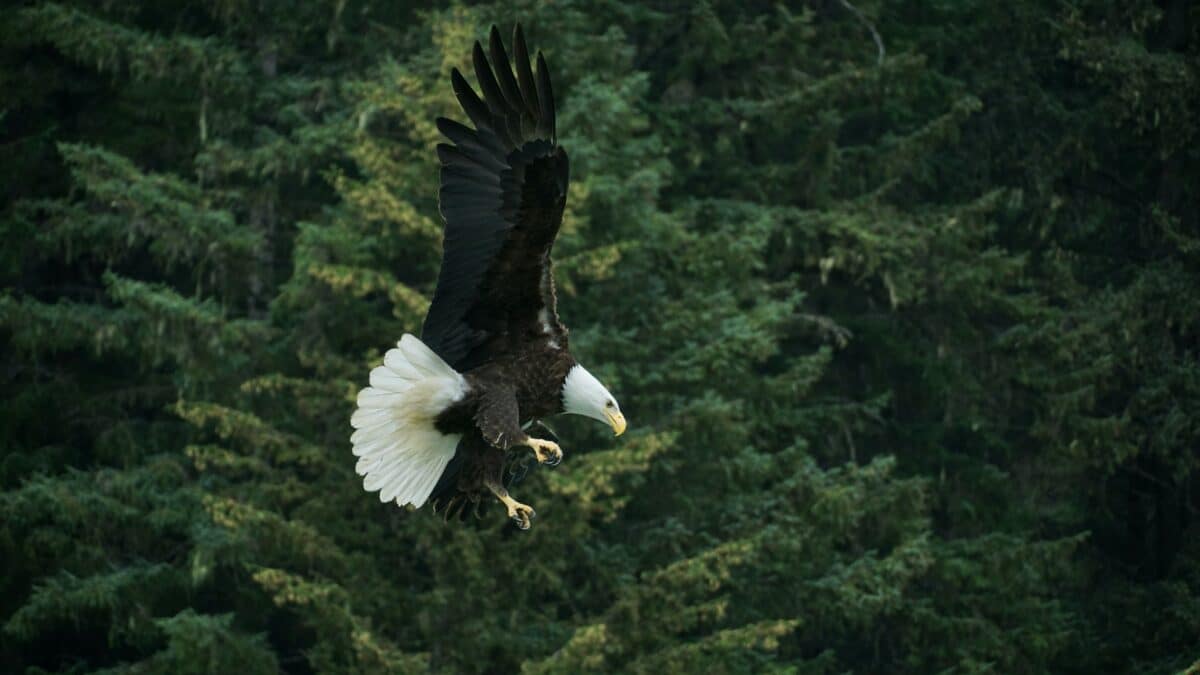
Addressing the threat of lead poisoning requires a multifaceted approach, with efforts focused on both education and policy implementation. Encouraging hunters and anglers to transition to non-lead alternatives, such as copper ammunition and lead-free fishing tackle, is paramount in reducing lead exposure in Bald Eagle habitats. Additionally, raising awareness about the dangers of lead contamination and advocating for stricter regulations on lead use can further safeguard Bald Eagle populations and their ecosystems.
Conclusion: Protecting the Legacy of the Bald Eagle
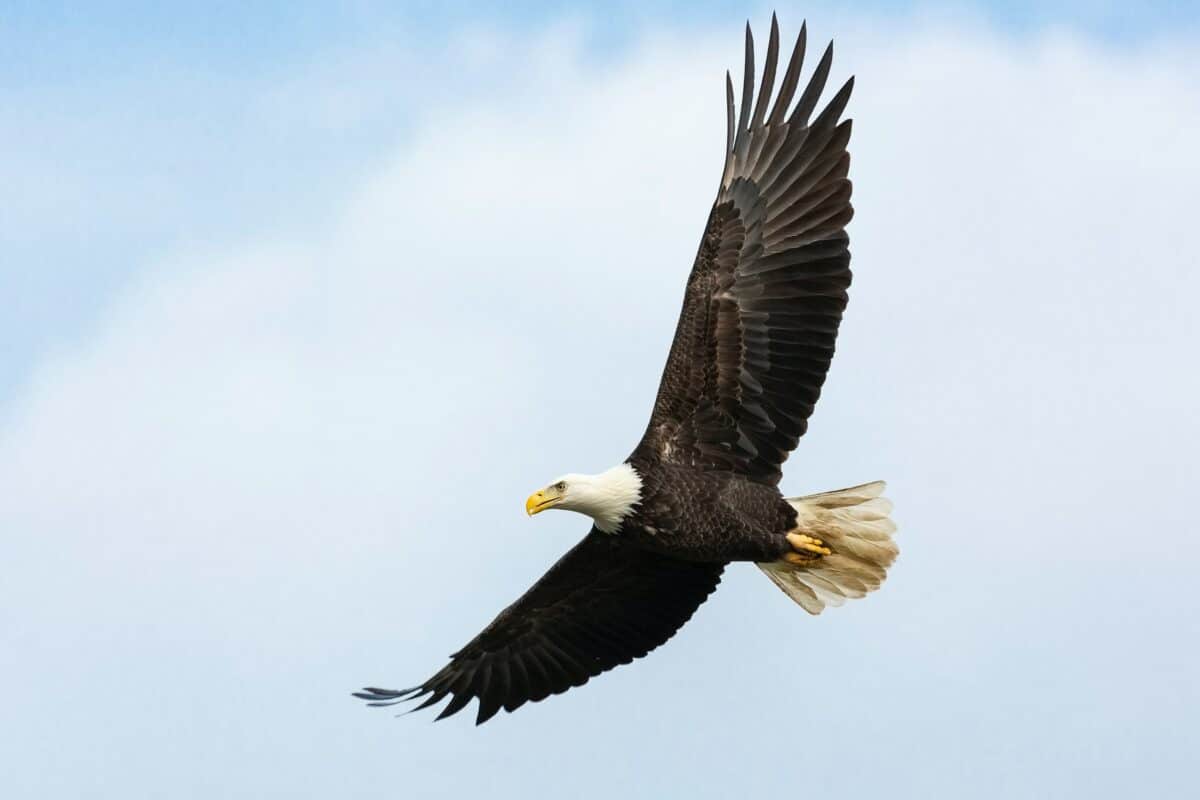
In conclusion, the resurgence of concerns regarding the conservation status of Bald Eagles serves as a sobering reminder of the ongoing threats faced by even the most iconic species. As stewards of the environment, it is our collective responsibility to take action to protect these magnificent birds and preserve their legacy for future generations. By addressing the root causes of lead poisoning and implementing proactive conservation measures, we can ensure that Bald Eagles continue to soar across the skies as symbols of strength, freedom, and resilience.
Thank you for following along with this article –
Next up in the animal kingdom:
- Massive Sea Creature With More Than 3,000 Teeth Spotted In Australia
- Bird Eating Golden Orb Spider Shocks Everyone
Join our Forum for free today!

- Big Cats Love Mouthing Affection - July 22, 2024
- Kind Elephant Merciful To Lion Cubs - July 22, 2024
- Beachgoers Save Massive Shark Stranded In Florida - July 22, 2024

